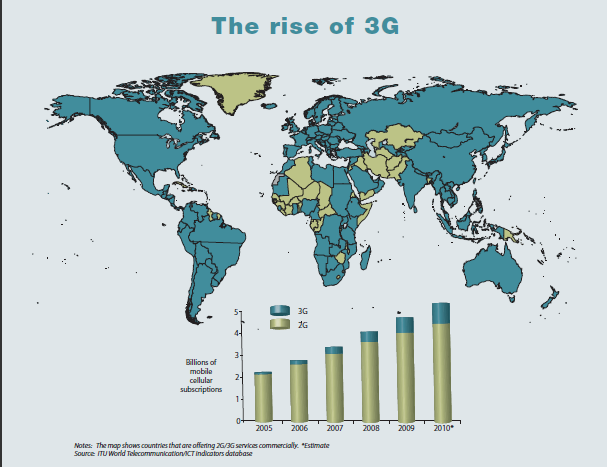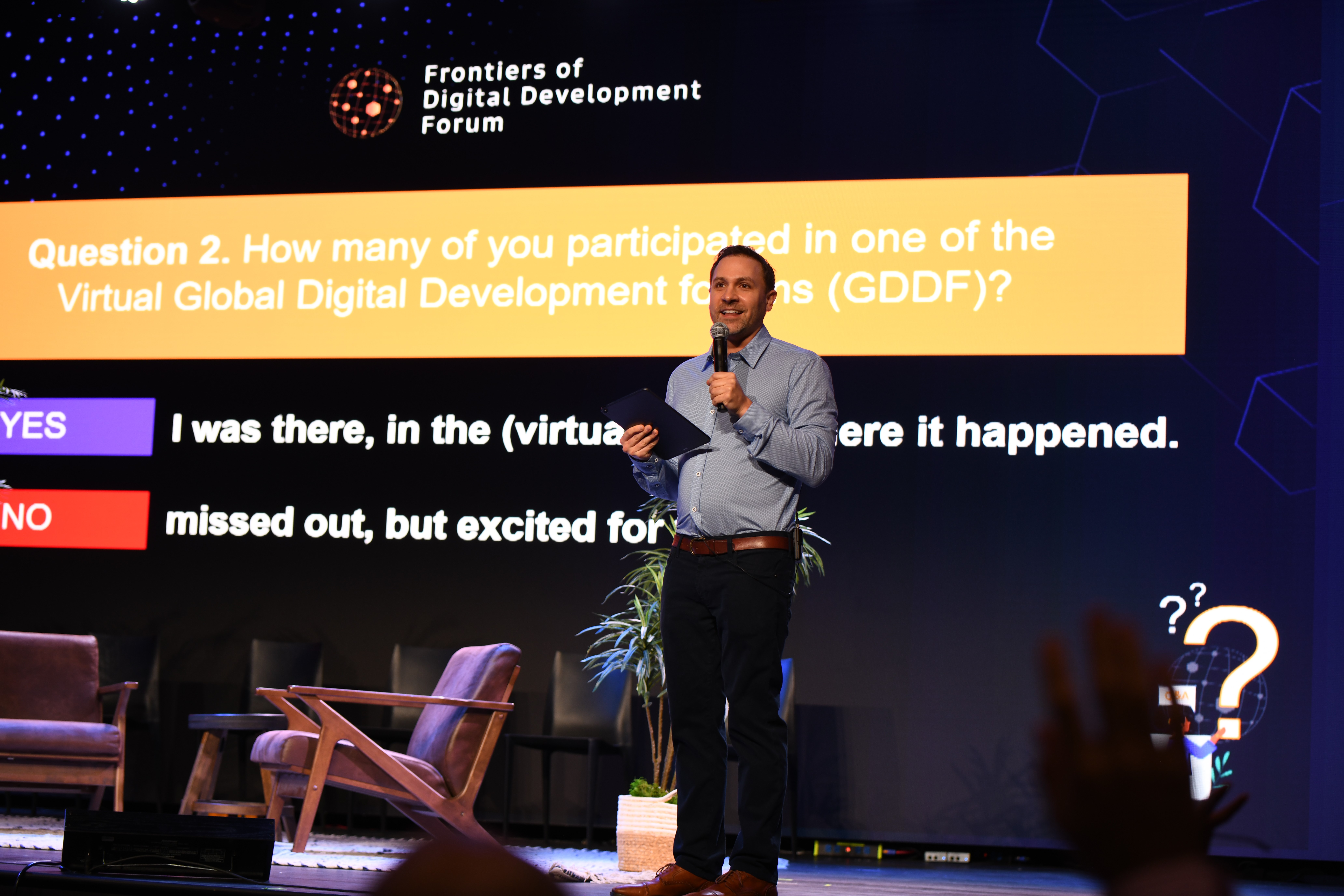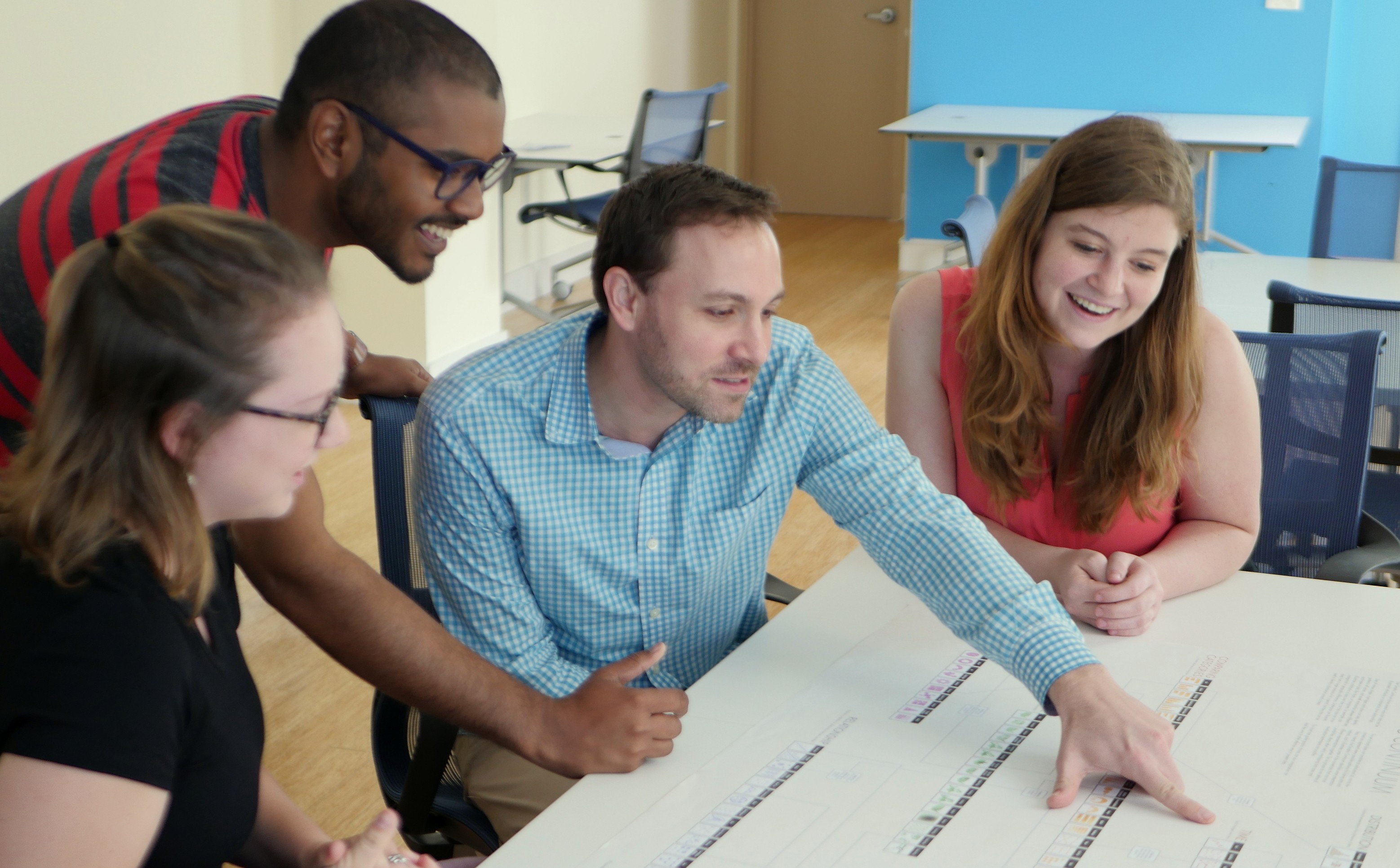Deep in the “Chaco” of Paraguay where farmers live under two dollars a day, resides a budding entrepreneur named Alfonso Parada. “I took out a loan to start my farming business and with the profits I’ll send myself to IT school,” he told me. “I want to become a computer programmer and give a good life to my family.” Then he showed me his most recent investment: a cell phone that housed two SIM cards from different service providers. “I need to make sure I always have coverage and get the cheapest rates wherever I am.” Alfonso’s access to a mobile phone in one of the least physically accessible areas of South America is a symbol of communication equity.
The most recent ITU Facts and Figures Report highlighted that mobile phone use is so rampant that its growth is leveling at record highs. The report includes the following statistics:
– Access to mobile networks is now available to 90% of the world population and 80% of the population living in rural areas.
– People are moving rapidly from 2G to 3G platforms, in both developed and developing countries. In 2010, 143 countries were offering 3G services commercially, compared to 95 in 2007.
– Mobile cellular growth is slowing worldwide. In developed countries, the mobile market is reaching saturation levels with on average 116 subscriptions per 100 inhabitants at the end of 2010 and a marginal growth of 1.6% from 2009-2010.
– Assuming an average cost of US$0.07 per SMS, in 2010 SMS traffic is generating an estimated US$812,000 every minute (or around US$14,000 every second).
Source: “The World in 2010,” ITU.
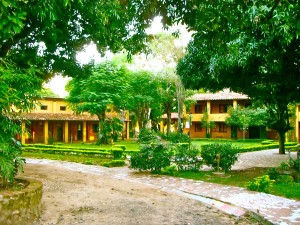 These staggering figures are reflected well in Paraguay, which will soon welcome Viettel into its telecommunications industry. The company will soon invest US$100 million into projects that include bringing free Internet access to all schools in the country. This would catalyze Paraguay’s e-education program and offer more opportunities to students that face high transportation costs when trying to further their studies. The One Laptop per Child initiative launched its first large-scale implementation of XO computers (the “$100 computer”) in Paraguay for 4,000 students and teachers through the non-profit, Paraguay Educa. If these two programs could combine in the next decade, potentially every child in the country could have easy access to the internet, which would be quite a feat for a nation that claims less than 3% of its households with internet access.
These staggering figures are reflected well in Paraguay, which will soon welcome Viettel into its telecommunications industry. The company will soon invest US$100 million into projects that include bringing free Internet access to all schools in the country. This would catalyze Paraguay’s e-education program and offer more opportunities to students that face high transportation costs when trying to further their studies. The One Laptop per Child initiative launched its first large-scale implementation of XO computers (the “$100 computer”) in Paraguay for 4,000 students and teachers through the non-profit, Paraguay Educa. If these two programs could combine in the next decade, potentially every child in the country could have easy access to the internet, which would be quite a feat for a nation that claims less than 3% of its households with internet access.
Additionally, less than 5% of Paraguay’s educational institutions have internet access, but luckily Alfonso attended one of them. His alma mater is a renowned self-sufficient school called the San Francisco Agricultural High School, which is financed by its 17 student-run businesses, including an organic farm, hotel, and store. The school is able to “pay for itself” with the revenue from these businesses, and the students graduate with excellent entrepreneurial skills. It was originally established by Catholic priests in 1962 but forty years later it was facing bankruptcy as government funding was cut off. They handed the school over to Fundacion Paraguaya, a prominent micro-finance institution and non-profit started by an ex-mayor of Asuncion.
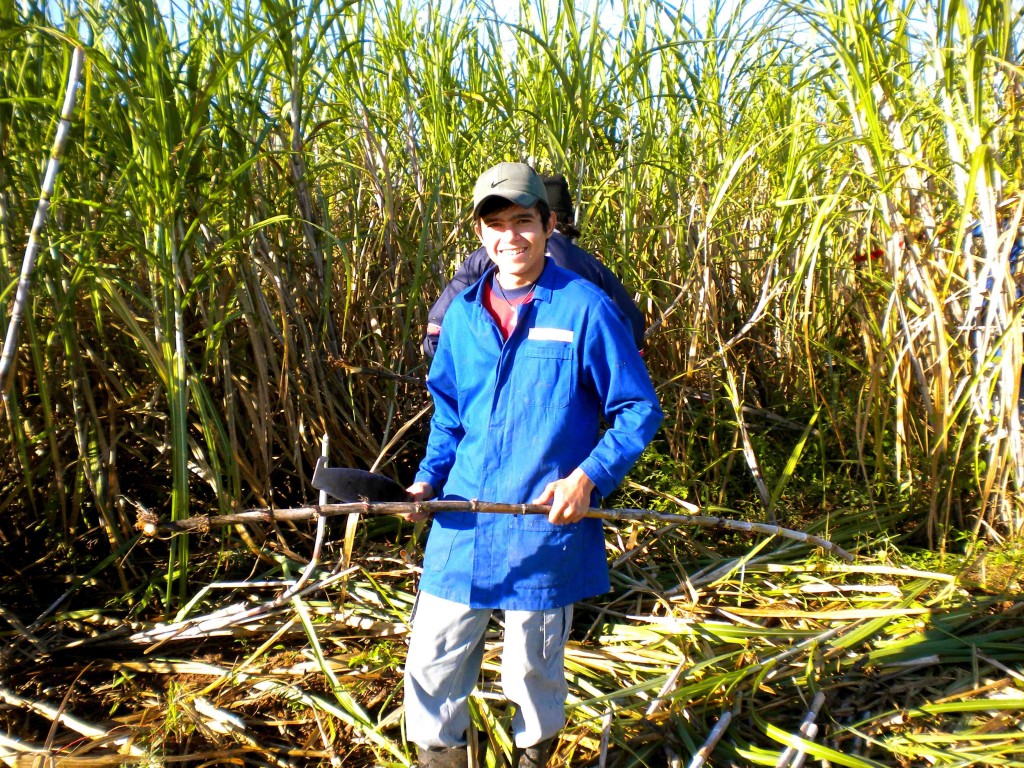 Within five years of ownership, the foundation was able to start the student-run businesses and make the school completely self-sufficient by 2007. Their 200-plus alumni not only have graduated with basic entrepreneurship skills, but a new mindset that they can become self-sufficient themselves. In 2008, USAID declared it the first working model of a financially self-sufficient school for young people in the world and they have received significant funding from the Clinton Global Initiative to start more schools.
Within five years of ownership, the foundation was able to start the student-run businesses and make the school completely self-sufficient by 2007. Their 200-plus alumni not only have graduated with basic entrepreneurship skills, but a new mindset that they can become self-sufficient themselves. In 2008, USAID declared it the first working model of a financially self-sufficient school for young people in the world and they have received significant funding from the Clinton Global Initiative to start more schools.
My discussion with Alfonso was similar to discussions I had with dozens of other San Francisco alumni that were able to enjoy a curriculum infused with internet connection to help learn entrepreneurship. Despite living in the second poorest country in South America, they feel that Internet and mobile phone access puts them on an equal playing field with the rest of the world.
TJ Thomander is a senior at Brigham Young University studying International Relations with an emphasis on political and economic development. He was a consultant for Fundacion Paraguaya at the San Francisco Agricultural High School in 2009 and a Knowledge Fellow for the Peery Foundation in 2010. He currently directs the Ashoka U Innovation Award-winning program, Students for Social Entrepreneurship, that places 120 students a year into on-campus internships for SE organizations.
The Rise of 3G. Found in The World in 2010: ICT Facts and Figures. ITU World Telecommunication/ICT Indicators Database. 2010
Photos Credit: TJ Thomander

